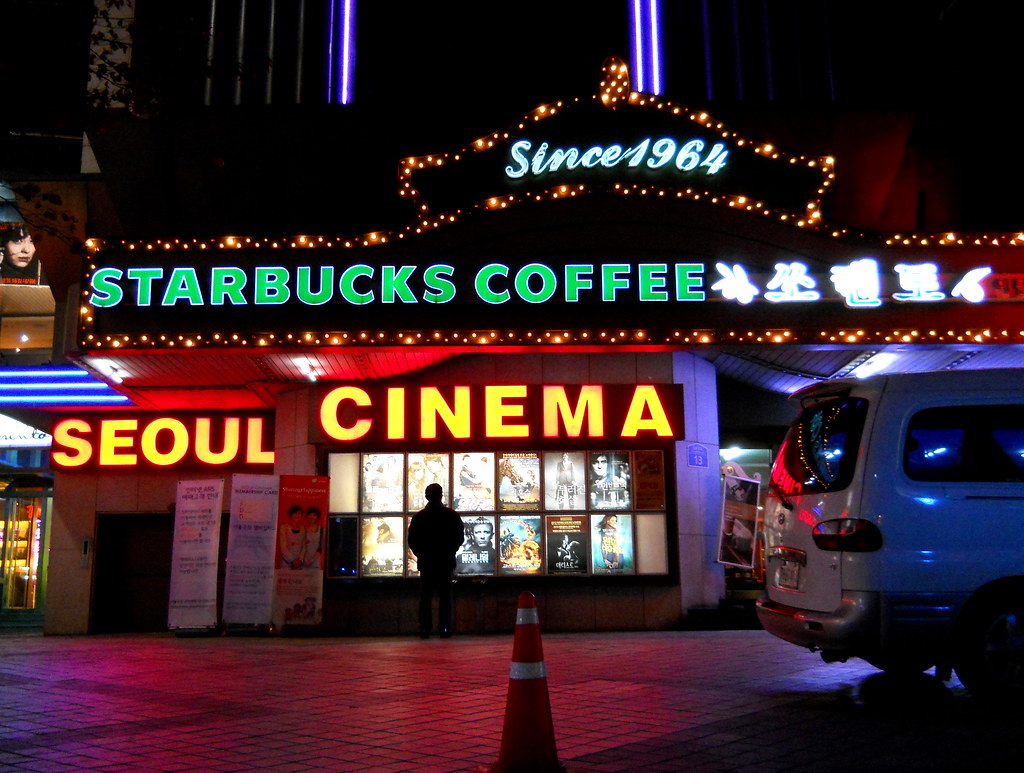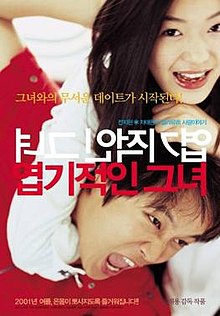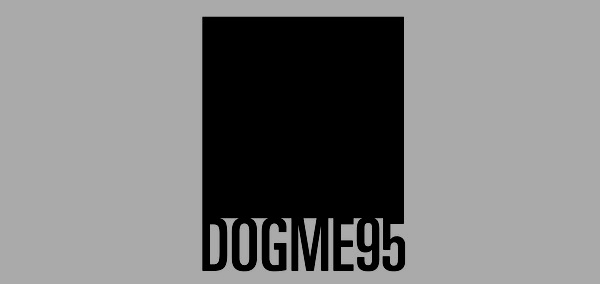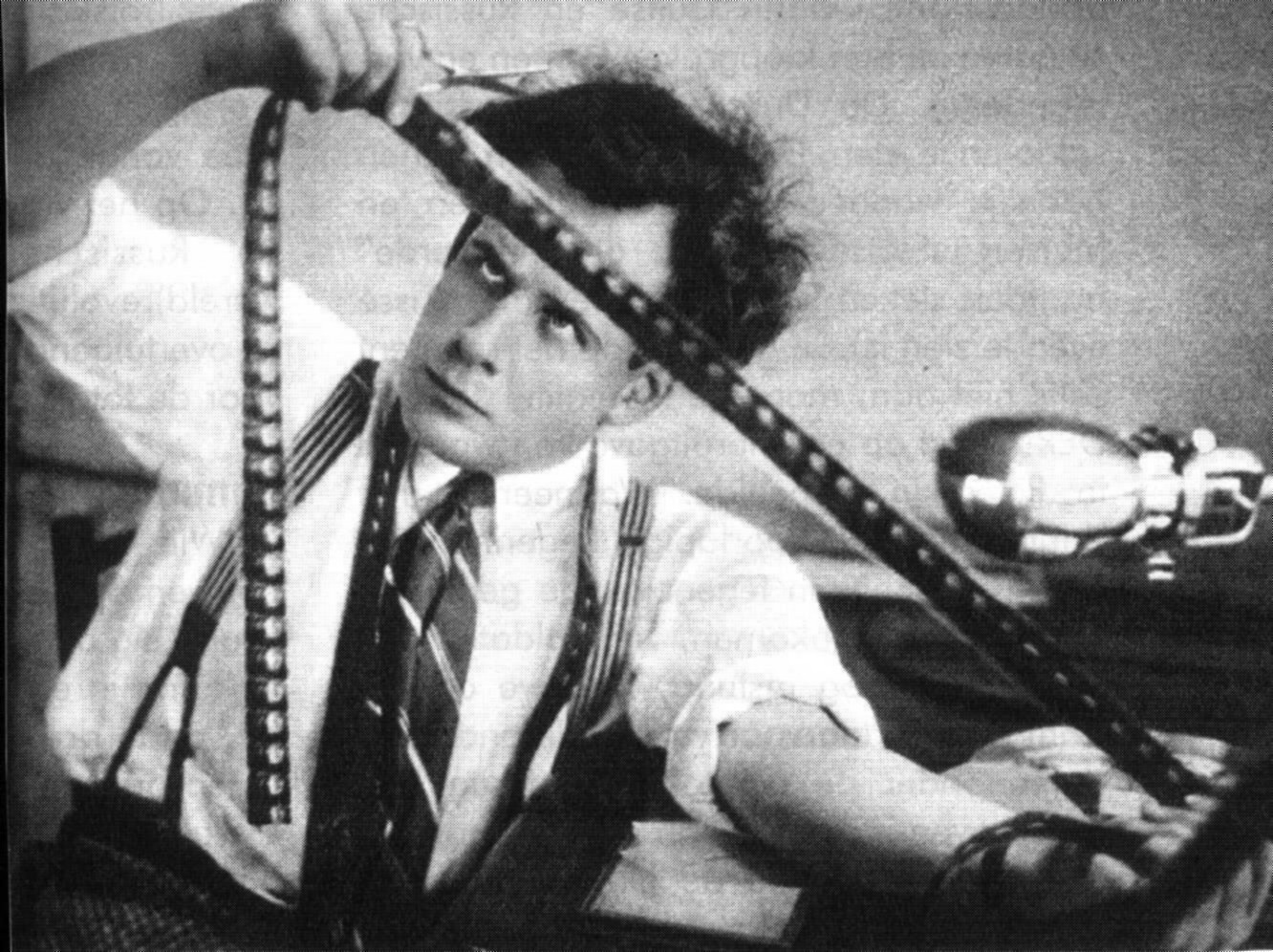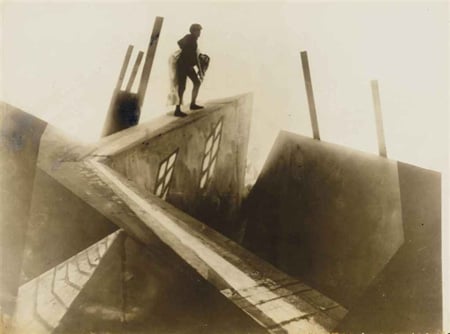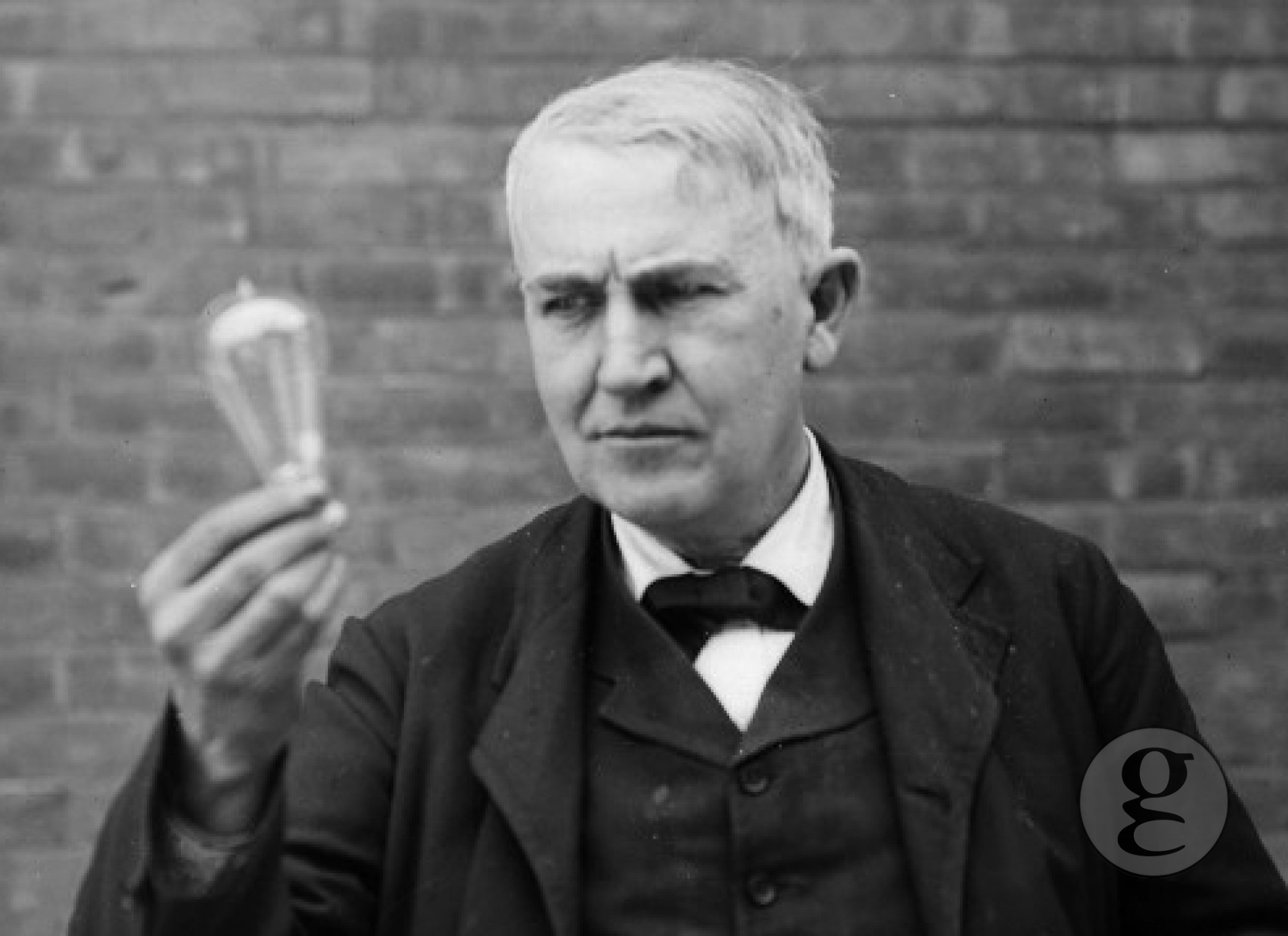Now we are back to Asia!
This week is.. Hong Kong Cinema!!
I will be touching on hong kong cinema scene and the re invent if wire-fu
:)
So.. let's start!
The Hong kong cinema is one of the big 2 in the history of chinese languages cinema together with the cinema of China and Taiwan. Hong kong cinema have greater degree of political power than China and Taiwan it allows the country to develop into a filmmaking hub for Chinese - speaking world.
For many years, Hong kong was rank number 3 in the largest motion pictures industry in the world and also it's the second largest exporter!
Hong kong cinema depends highly on corporate, commercial cinema, concentrating on crowd-pleasing genres, and relying highly on formulas, sequels and remakes. Hong kong cinema have a elements of a "thrill-a minute" philosophy and fast pacing and editing.
During 1980s to early 1990s, was known as the boom years/Hong kong new wave. In this era, the triumph of Cantonese, the birth of new modern cinema. The new cinema added in elements of electric mixing, genres such as slapstick comedy, sex, the supernatural, and the ACTION!
This is where I will touch on the action cinema in Hong kong.
Hong kong action cinema is the main source of the Hong kong film industry to global fame.
It combines different elements using the chinese storytelling, aesthetic traditions and film making techinques.
One of the interesting elements used is Wire-fu. which is the Hong kong style of action cinema used in fighting scenes. It is combination of two terms : wire- work and kung fu.
Wire- fu is used greatly in hong kong cinema. As actors or stuntmen's augmented with the used of wires and pulleys, as well as the other stage techniques. It is exemplified by the work of Tsui Hark, Yue woo-ping and Jet-Li.
Crouching Tiger, Hidden Dragon (2000) is a internationally co-produced material arts wuxia film. It is also a production by mutiple countries of China, Taiwan, United states and Hong Kong. The film was directed by Ang lee and stars famous actor Chow yun fat and actress Michelle Yeoh.
The film was a commercial sucess and won many awards.
The story was set in the 19th century Qing Dynasty China, when a warrior gives his sword, to his lover to deliver to safe keeping however it was stolen and they have to chase to find it. The search leads to the house of Yu where the story take place to another different level.
What I like about this film was not only the action scene the acting by the talents and also the story and plot. The production and directing was awesome! I like how the actor and actress have this chemistry that caught my eye. Love it!
Another element I would like touch on in hong kong cinema is Gun-fu.
So for me I personally like gun-fu alot. As it looks cool and it doesn't really happens in real life.
So what is Gun-fu?
So Gun-fu is just like Wire-fu however this time instead of wire they use guns.
Gun-fu, is a portmanteau of gun and kung-fu, is a fictional style of sophisticated close-quarters gunplay that resembles martial arts battles that played out by firearms instead of other traditional weapons. It is used through out many films and can be seen in Hong kong action cinema and by the Hollywood.
So which do you think pull off Gun-fu best?
Hollywood vs Hong Kong
Equilibrium vs Internal affairs
WHICH ONE DO YOU LIKE THE BEST?
.
.
.
For me I prefer Hong Kong's gun-fu as I feel it's more authentic, and more SHIOK (better) in many ways. And on top of that the gangster brotherhood theme always come in handle when you talk about Gun-fu.
For this category, my favourite movie I would like to talk about is the Hong Kong crime-thriller film directed by Andrew Lau and Alan Mak , Infernal affairs (2002).
The story about a police officer who infiltrates a triad, and a police officer secretly working for the same gang. The movie was a commercial sucess which the film was followed by 2 sequels. It stars the famous Andy Lau and Tony Leung.
This movie is one of my favourite from Hong kong, why so? Because this is like the perfect combo of actions and powerhouse performances. It's everything that I expect in a thriller. Not only the story flow was good the direction was so good. It keeps me tense, A grade!





